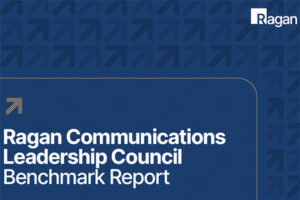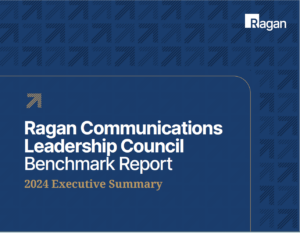Last chance: See how your pay stacks up with our Salary & Workplace Culture Survey
Complete the survey by April 19.

We’re all feeling the pinch. Your dollar doesn’t go quite as far as it used to. Expenses from homes to hamburgers are getting more costly.
Is your pay keeping pace with inflation and the rising cost of, well, everything?
Find out how your pay compares to industry norms by taking Ragan and PR Daily’s Salary & Workplace Culture Survey. By confidentially sharing information about your wages, benefits, perks, office schedule and more, you’ll help professionals across the communications industry see what they should expect — and help employers craft more competitive compensation packages.
Your responses will be confidential and the results anonymized. As a participant, you will receive the annual Ragan Salary Survey & Compensation Report with all the findings. You’ll also receive a $150 discount to a Ragan virtual conference.
Please complete the survey by April 19.
Take the survey today, and contribute to greater transparency and equity in the communications industry.





